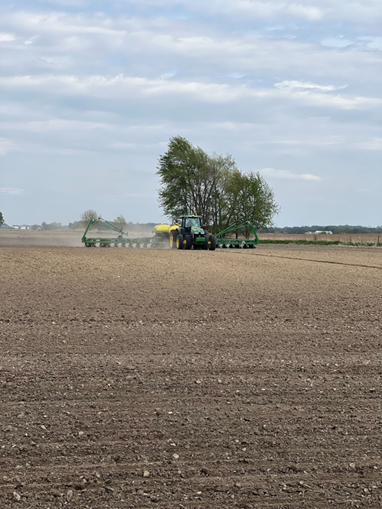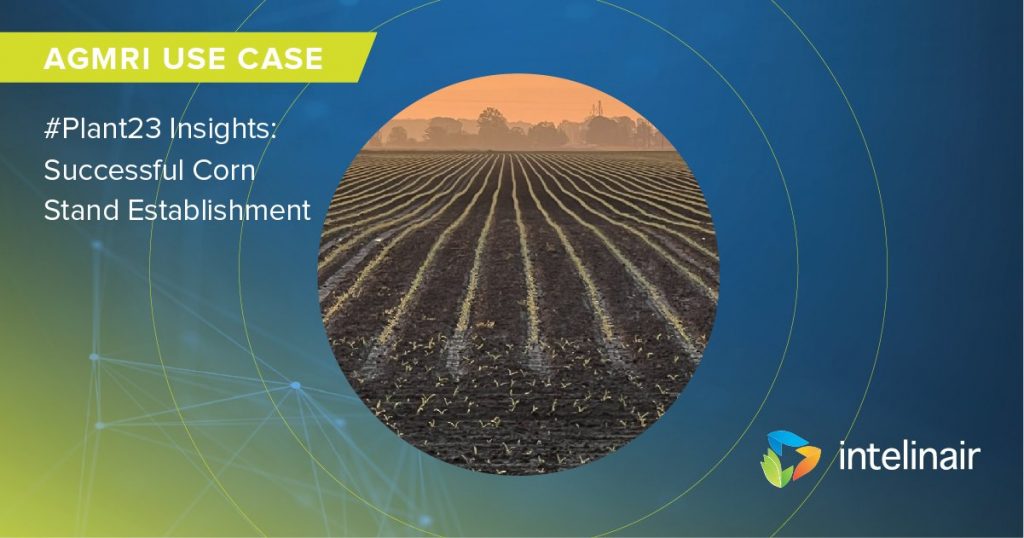When thinking about corn stand establishment, two variables that come to mind are seed spacing and emergence. These are both key factors for successful stand establishment. Having adequate spacing between plants ensures that the competition for moisture and nutrients is minimized and plant growth efficiency is maximized.
In order to achieve uniform emergence, several factors come into play. Key factors include seeding depth and planting conditions. Ideally, corn should be planted between 2” – 3” in ideal field conditions.
-
If corn is planted too shallow, (>1.5”), and into wet soil, then plants can potentially have issues with nodal root development, which could lead to standability issues later in the season.
-
Another factor that can lead to root development issues when planting too shallow is the potential for sidewall compaction from angled closing wheels by adding too much down pressure. If planted in wetter conditions at >1.5” deep, closing wheels may actually close the trench below the seed and not around the seed, which can lead to the roots of the corn plant being constricted, and having trouble accessing nutrients and achieving good root development – which can lead to late-season standability issues.
-
Just as corn can be planted too shallow, corn can also be planted too deep. Planting too deep can lead to potential issues including: delayed emergence, longer exposure to cold and wet soils increasing the potential for disease, as well as the potential for corn to leaf out underground.
-
The value of even, uniform emergence cannot be understated when thinking about how to reach your yield goal at the end of the season. According to a University of Wisconsin – Madison study, just a 1½ week difference in emergence can be associated with a 6 – 9% loss in yield compared to corn that emerged evenly, and given the variability in planting dates due to weather, it will be important to keep an accurate eye on your fields and your plants.
-
While all plants may emerge evenly, seed spacing is also a major component of achieving your maximum yield potential. According to a 2004 large-scale field research study by Purdue University in Northwest Indiana, uneven plant spacing within rows can decrease yield by up to 2.2 bushels per acre for every inch increase away from the standard deviation from plant-to-plant spacing. For reference, in 30” rows, there should be a corn plant approximately every 6” within the rows. In order to achieve maximum yield potential, it is recommended that your corn plants should be no further or no closer than 6” apart from each other. This ensures the plant can still uptake maximum nutrients and have full growth potential, but will not compete with the neighboring plants which could negatively impact yield.
With AGMRI, you have the ability to monitor your crop throughout the season and have accurate and timely stand count assessment. And, with Intelinair’s new drone offering, we utilize drones in emergence and replant situations giving you more tools to be successful all season long. Learn more about the AGMRI platform and how it works at Intelinair.com/agmri

















